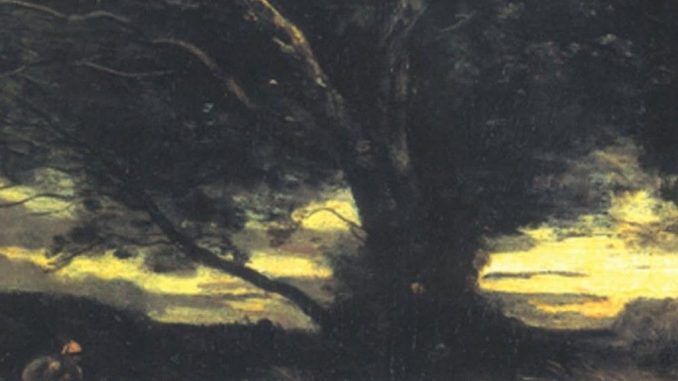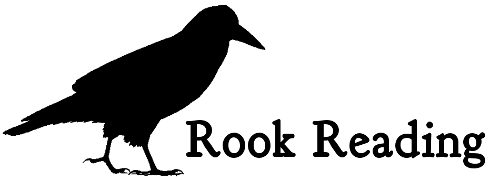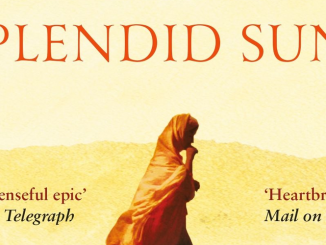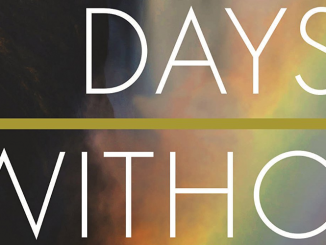

Wuthering Heights is a captivating tale of love, obsession, and revenge. Set on the desolate moors of Yorkshire, it follows the tumultuous relationship between Heathcliff and Catherine Earnshaw, exploring their passionate yet destructive bond and the lasting impact it has on their lives and those around them.
Author: Emily Brontë
Project: Orpheus – love and trust
Year of publication: 1847
Pages: 416
Complexity
CEFR: C1
Plot Complexity: high
Language Complexity: high
Ideas Complexity: high
Wuthering Heights by Emily Brontë is a novel that excels in its complexity of language, ideas, and plot. The language employed is rich and expressive, utilizing advanced vocabulary and intricate sentence structures to create a vivid and immersive reading experience. The novel explores profound ideas such as passion, revenge, and the destructive power of love, delving into the depths of human emotions and the complexities of human relationships. Its plot is intricately woven, with multiple timelines, intricate character relationships, and a nonlinear narrative structure, demanding careful attention and active engagement from the reader.
Blurb
Lockwood, the new tenant of Thrushcross Grange, situated on the bleak Yorkshire moors, is forced to seek shelter one night at Wuthering Heights, the home of his landlord. There he discovers the history of the tempestuous events that took place years before; of the intense relationship between the gypsy foundling Heathcliff and Catherine Earnshaw; and how Catherine, forced to choose between passionate, tortured Heathcliff and gentle, well-bred Edgar Linton, surrendered to the expectations of her class. As Heathcliff’s bitterness and vengeance at his betrayal is visited upon the next generation, their innocent heirs must struggle to escape the legacy of the past.
Emily Brontë’s only novel, a work of tremendous and far-reaching influence, the Penguin Classics edition of Wuthering Heights is the definitive edition of the text, edited with an introduction by Pauline Nestor. In this edition, a new preface by Lucasta Miller, author of The Brontë Myth, looks at the ways in which the novel has been interpreted, from Charlotte Brontë onwards. This complements Pauline Nestor’s introduction, which discusses changing critical receptions of the novel, as well as Emily Brontë’s influences and background.
Emily Brontë (1818-48), along with her sisters, Charlotte and Anne, was one of the most significant literary figures of the 19th century. She wrote just one strikingly innovative novel, Wuthering Heights, but was also a gifted and intense poet.
YouTube Review
(Video removed? Please notify me at video@rookreading.com)






Be the first to comment